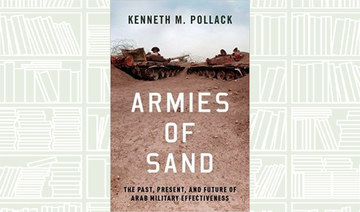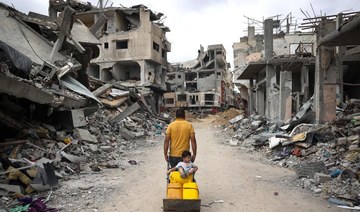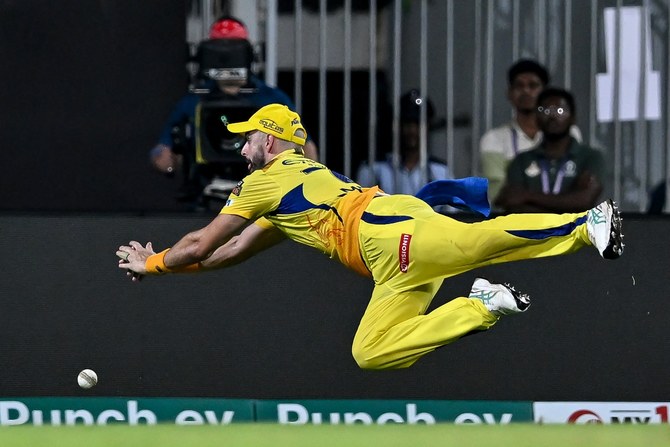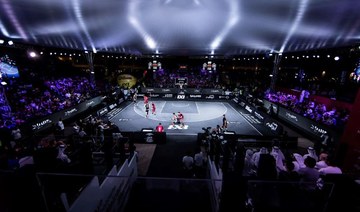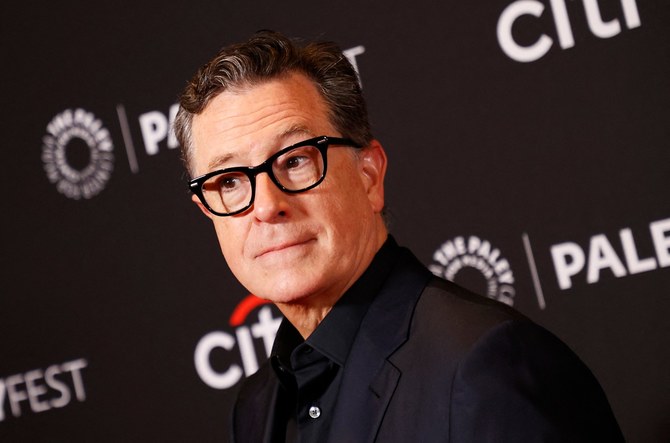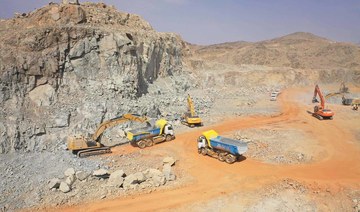In the aftermath of the Punjab Kings’ record chase of 262 runs on April 26, team captain Sam Curran, remarked that the Indian Premier League “(is) becoming a bit like baseball, isn’t it?”
This was likely a moment that opponents of the IPL had predicted and feared — and, conversely, one that proponents of the IPL and T20 cricket in general relished.
T20 cricket is in line with the age of fast food. Instantly consumable, quickly forgotten and underpinned by mass advertising and high-profile personalities. Around the world, its sponsors include KFC for Australia’s Big Bash League, the very title encapsulating the format’s frenzy.
In England, the Hundred has a five-year deal with KP Snacks. Given governmental policy to reduce consumption of products that are high in fat, salt and sugar, the partnership has drawn criticism.
Meanwhile, in South Africa, SA20’s title sponsor is Betway, one of a growing number of betting companies associated with cricket. In the IPL, there is a myriad of sponsors. The title one, Tata, is paying $300 million between 2024 and 2028. Then there are three associate partners — My11Circle, Angel One and RUPay — plus an official broadcaster in Star Sports, official digital streaming partner JioCinema, official strategic timeout partner CEAT and an umpire partner in Paytm.
Each franchise team has a plethora of principal partners, associate partners, media partners and merchandise partners. These represent a broad range of different industry sectors which boost the brand value of the franchises. According to brand valuation consultancy Brand Finance, the value of the ten franchises at the end of the 2023 season ranged from $43.7 million to $87 million. The estimated brand value of the IPL was $10.7 billion.
Estimates of brand value are derived differently by different bodies. This is because brands are not tangible assets — they are subject to beliefs, perceived reputation, trust and experience. Their value lies in how consumers associate with the brand and how it influences their behavior. Attempts to quantify these factors require measurable elements such as trademarks, logos, taglines, visual assets, digital assets, customer retention and social media engagement levels.
Since it began 17 years ago, the IPL has generated all of these in abundance. Along with experience and engagement within the stadiums, an exponential growth in viewership reached close to 500 million unique viewers in 2023. The new media rights regime in 2024 has created further growth, with the Disney Star Network acquiring broadcast rights for all IPL matches in 2024. Live broadcast of the first 18 attracted over 400 million viewers, a 17 percent like-for-like increase over 2023.
There is a big shift in live streaming, with Viacom’s JioCinema awarded digital streaming rights in the 2024-27 cycle. In 2023 it streamed the entire IPL season for free on its mobile app and website, a feature continued into 2024. The move took many by surprise but enabled it to set a record for the highest concurrent viewership for a live-streamed event — some 32 million viewers tuned in to watch the final. Now, digital streaming appears to be gaining momentum over traditional TV broadcasting with IPL viewers, depending on market segment. This can only increase as technology advances and accessibility improves.
As a result, brand value estimates after the 2024 edition are likely to be affected. Close inspection of existing estimates reveals the different methodologies in use. Cost-based valuations focus on how much it has taken to build the brand. Market-based valuations take account of how much sales of similar brands have raised. Income-based valuations focus on how much money the brand brings into the organization compared with non-branded similar products for services. Customer-based valuations analyze existing customers and predict future consumption patterns.
Another approach is the relief from royalty method, used by global investment bank Houlihan Lokey. This calculates value based on hypothetical royalty payments that would be saved by owning an asset rather than licensing it. In 2023, this produced a brand value estimate for the IPL of $3.2 billion — a difference of some $10.7 billion compared with other estimates. The methodology also produces different estimates of the franchise brand values. In this case, they are in a higher range of $83 million to $212 million, with a slightly different ranking.
Houlihan Lokey also undertook a valuation of the IPL’s value as a business, based on the standard discounted cash flow technique. This amounted to $15.4 billion in 2023, an increase of 80 percent over 2022. Most of this can be attributed to the renewal of the media rights deal covering 2023-2027, worth three times more than the 2017-2022 cycle. It is reasonable to assume that, given the year-on-year increases in viewership, the IPL will be able to command even more enhanced terms in the next cycle.
Intuitively, this makes the use of DCF techniques understandable. Under normal circumstances, the IPL can be reasonably sure of its future revenue streams. Once they are expressed in terms of present values, investors can assess what rate of return they are likely to achieve. Ultimately, returns on investment and profits are more important to stakeholders than differences in brand valuations, although the franchisees remain committed to brand enhancement through fan engagement, association with star players and top sponsors.
Since 2008, the IPL has established itself as a global phenomenon and it has done so in a relatively short time. It attracts millions of fans and viewers, providing instant entertainment. All the signs are that it will continue to grow through increased sponsorship, viewer numbers and media rights income which, in turn, proliferates advertising revenue for the media. This is big business and looks unstoppable, but it may morph into a caricature of the game from which it took its roots.




